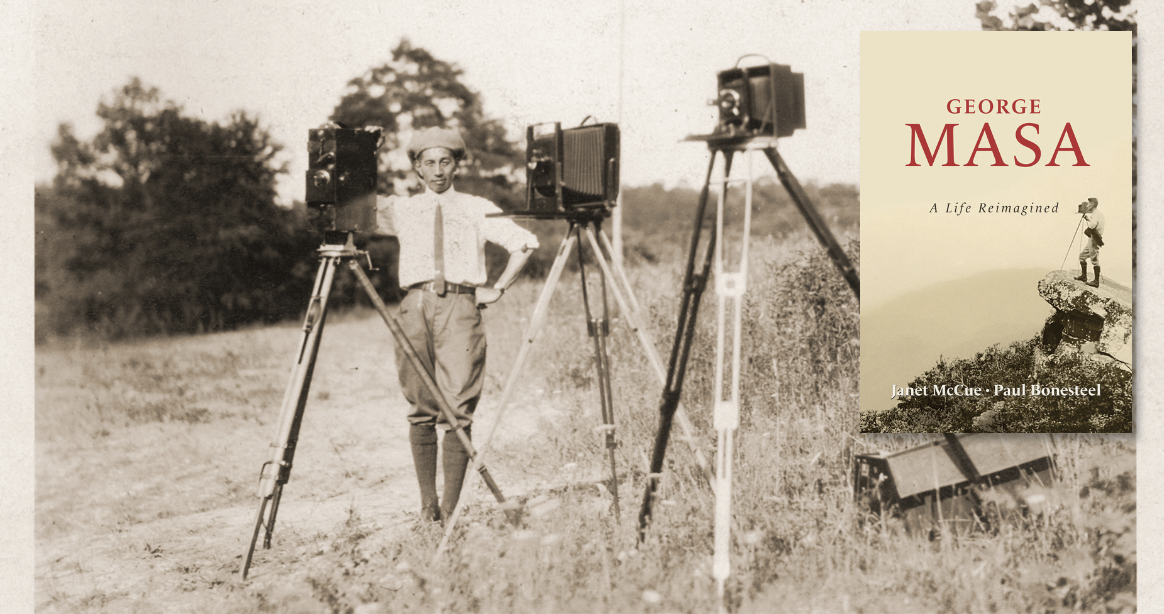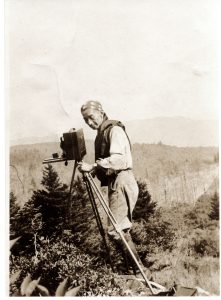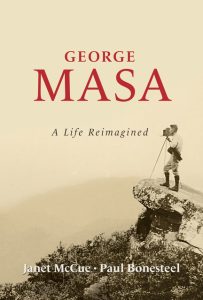

Throughout the National Park Service’s 108-year history, countless people have made sacrifices, taken stands, and lent their strengths to protect the lands contained within the 429 national park units recognized today. But in an April 22 story celebrating Earth Day, Washington Post reporter and podcast host Lillian Cunningham named George Masa, a Japanese immigrant and famed photographer who was instrumental in the creation of Great Smoky Mountains National Park, as one of seven people whose unique contributions to the national parks are especially captivating. Cunningham encountered Masa and others on the list in the course of conducting research and reporting for her podcast Field Trip, which journeys through the messy past and uncertain future of America’s national parks.
“I just have to smile and be glad for George,” said Paul Bonesteel, the coauthor of a forthcoming Masa biography to be published by Smokies Life in September. “He adopted this cause and these mountains and was committed to encouraging people to enjoy the hikes and views that brought him peace and purpose. That’s no small thing.”
The object of Masa’s commitment was the land that would become Great Smoky Mountains National Park. His efforts were critical to raising public awareness of the region’s beauty, and gathering support for the park’s establishment.
Within ten years of his arrival in Asheville, North Carolina, Masa had become the go-to photographer for such prominent patrons as the Vanderbilt family, Douglas Ellington, and the Asheville Chamber of Commerce. But the Great Smoky Mountains were his passion. Often accompanied by his close friend Horace Kephart, Masa spent days at a time trekking through the wilderness, patiently waiting for the perfect conditions to capture his iconic photos of this remote landscape. The resulting images would play a pivotal role in justifying the creation of Great Smoky Mountains National Park.

Public interest in Masa has held throughout the decades, said Janet McCue, Bonesteel’s coauthor on the Masa book. His namesake Masa Knob was dedicated in 1961, almost 30 years after his death in 1933. William A. Hart Jr. wrote the first biographical sketch of Masa in 1997, which in turn inspired Bonesteel’s 2002 film The Mystery of George Masa—which itself influenced Ken Burns’ documentary The National Parks: America’s Best Idea. In the 2019 book she co-authored with the late George Ellison, Back of Beyond: A Horace Kephart Biography, published by Smokies Life, McCue dedicated a chapter to the close friendship Kephart and Masa shared. In 2022, North Carolina dedicated a historic marker for Masa in Asheville’s Pack Square.
Despite his significant role in park history, until now little has been known about Masa’s personal struggles and triumphs during his pre-Asheville life. Bonesteel and McCue’s biography—relying on letters, journal entries, train tickets, and public records scattered from Japan to the Great Smoky Mountains—sheds light for the first time on why Masa might have been drawn to mountainous landscapes, showing him as an ambitious artist who also sought to serve a greater cause. The book also explores the many trials Masa endured—scrutiny in 1918 from the agency now known as the Federal Bureau of Investigation, harassment from the Ku Klux Klan in 1921, and the collapse of the economy, his business, and his health in the early 1930s—while still choosing to devote himself to the conservation of the Southern Appalachians.
“People were touched by his dedication during his lifetime, and 90 years later we still are,” McCue said. “That’s a long shadow.”
Learn more about “George Masa: A Life Reimagined” and events surrounding its release. Join Smokies Life to informed about all things Smokies here.
Subscribe to get the latest posts sent to your email.
The Great Smokies Welcome Center is located on U.S. 321 in Townsend, TN, 2 miles from the west entrance to Great Smoky Mountains National Park. Visitors can get information about things to see and do in and around the national park and shop from a wide selection of books, gifts, and other Smokies merchandise. Daily, weekly, and annual parking tags for the national park are also available.